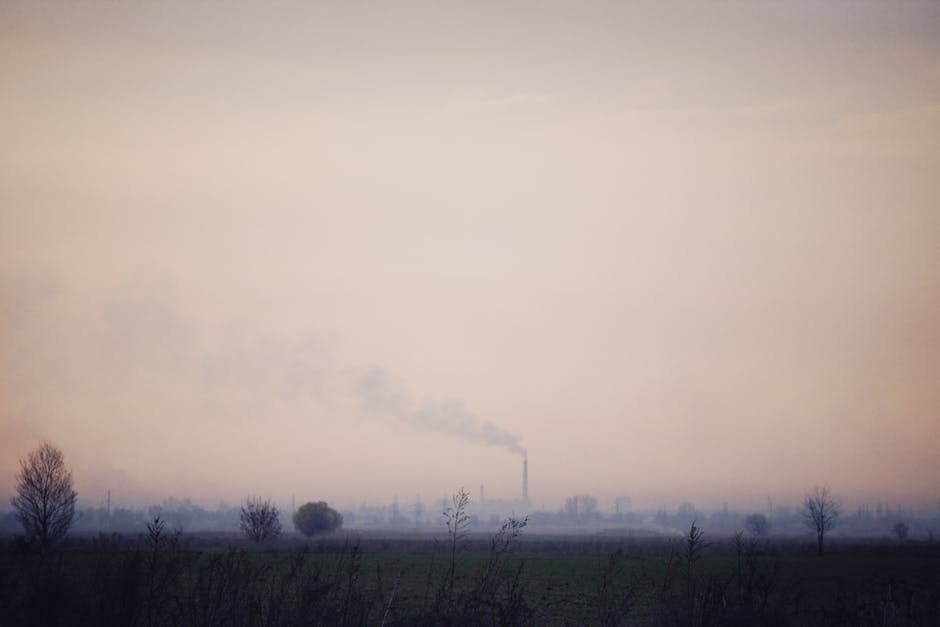Delhi Diwali Traffic Chaos: Festive Celebrations Turned Nightmare
As Delhiites celebrated Diwali with grandeur, the city’s roads descended into chaos. Traffic snarls stretched for kilometers, leaving commuters stranded and frustrated. The festive spirit was overshadowed by Delhi’s infamous traffic woes, which reached new heights during the festival of lights.
Major thoroughfares like the Delhi-Gurgaon Expressway, Ring Road, and key intersections in Connaught Place and Chandni Chowk were clogged for hours. Social media was flooded with videos and pictures of stationary vehicles, honking horns, and exasperated drivers. Many blamed the lack of planning by authorities, while others pointed to the sheer volume of vehicles hitting the roads for last-minute shopping and festive gatherings.
One user tweeted, “Delhi traffic on Diwali night is a reminder that we need better urban planning and stricter enforcement of traffic rules. This is just unacceptable.” Another commented, “It took me 2 hours to cover a 5 km stretch. Happy Diwali, Delhi!”
The Bengaluru Comparison: Selective Outrage or Regional Bias?
The conversation took an unexpected turn when comparisons to Bengaluru’s traffic woes began to dominate. Bengaluru, often dubbed the “traffic capital of India,” is synonymous with endless jams and infrastructural challenges. Netizens questioned why Delhi’s Diwali traffic chaos made headlines while Bengaluru’s daily struggles rarely received the same attention.
“Why is Delhi’s traffic chaos trending when Bengaluru faces this every single day? Is it fine because it’s not Bengaluru?” questioned one Twitter user. Another added, “Delhi has one bad day of traffic, and it’s national news. Bengaluru has 365 days of traffic hell, and no one bats an eye. The bias is real.”
Urban Experts Weigh In: A Pan-Indian Problem
The debate escalated into a broader discussion about urban planning, infrastructure, and regional biases in media coverage. Urban planning experts emphasized that the issue is not about one city versus another but about systemic failures plaguing India’s metropolitan areas.
Dr. Anjali Mathur, an urban development specialist, stated, “The traffic chaos in Delhi during Diwali is a symptom of a larger problem—poor urban planning, inadequate public transport, and unchecked vehicle growth. Cities across India are struggling with similar issues, and it’s high time we address them collectively rather than engaging in regional comparisons.”
Delhi Traffic Police Defend Efforts
Delhi’s traffic police defended their efforts, stating that they had deployed additional personnel and implemented special measures to manage the festive rush. A senior traffic official said, “Diwali is one of the busiest times of the year, and we did our best to ensure smooth traffic flow. However, the sheer volume of vehicles was overwhelming.”
A Call for Action: Beyond Regional Comparisons
As the online debate rages on, one thing is clear: traffic congestion is a pan-Indian problem that requires urgent attention. Whether it’s Delhi’s festive chaos or Bengaluru’s daily gridlock, the need for sustainable urban solutions has never been more pressing.
One user aptly summarized the sentiment: “Stop arguing about which city has it worse. Focus on demanding better infrastructure and smarter planning for all cities. That’s the real Diwali gift we need.”
As the dust settles on Delhi’s Diwali traffic chaos, the conversation it has sparked may just be the catalyst for a much-needed change in how India addresses its urban mobility challenges.




